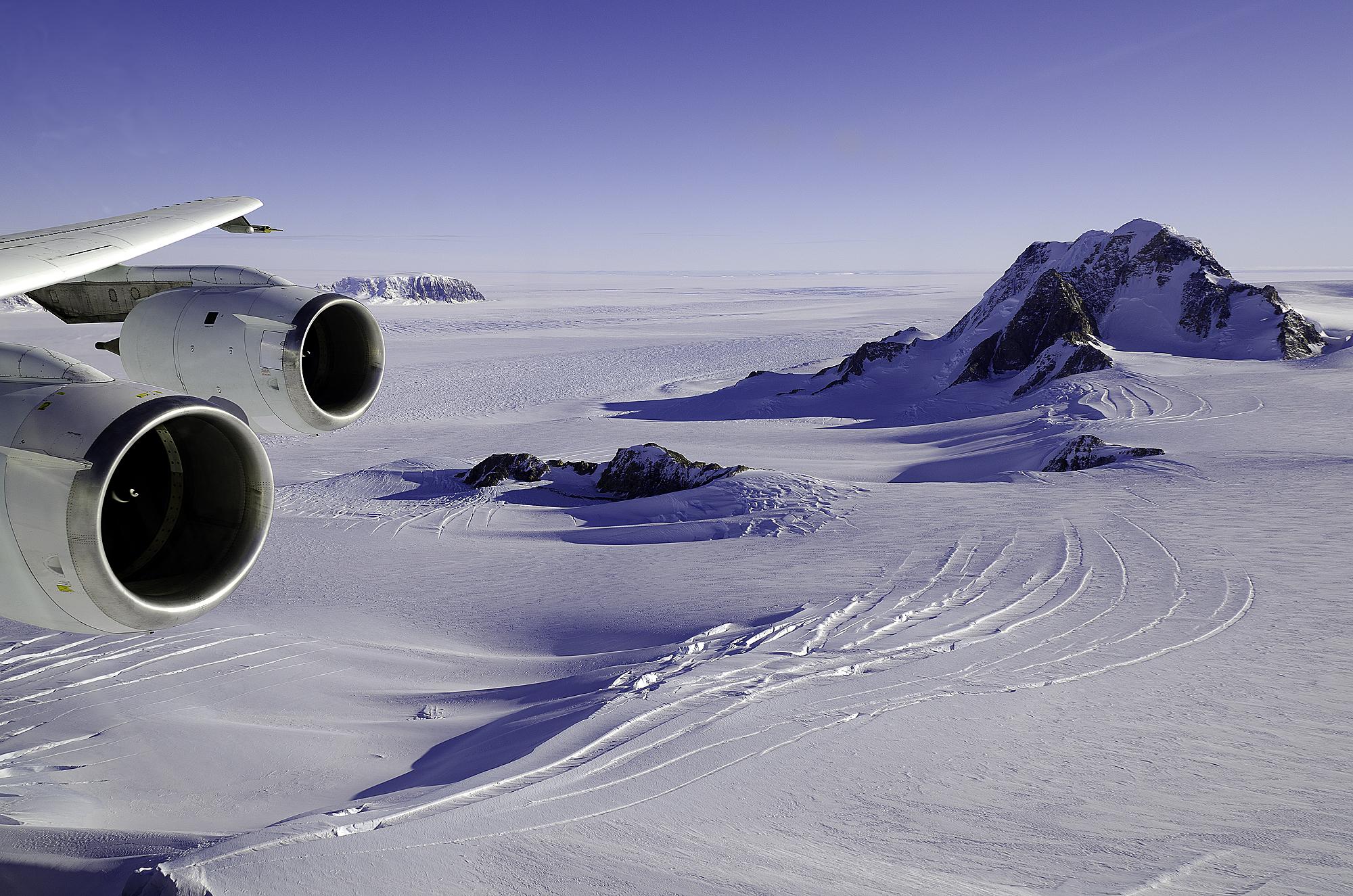Scientists have discovered what they think is a massive, ribbon-shaped lake under the Antarctic ice sheet that could lead to the discovery of a bevy of new unique life forms.
 The lake, which measures 60 miles long by 6 miles wide, was discovered using satellite imagery, and scientists plan to confirm its existence using ice-penetrating radar this spring. The lake has likely been locked under the ice for millions of years — allowing bacteria and other life forms to evolve in complete isolation from the rest of the world, according to a report released at the European Geosciences Union meeting. Unlike the continent’s largest under-ice lake, Vostok, the newly discovered waterbody — located in East Antarctica — is relatively close to a research station, making it easier to explore. “It’s the last un-researched part of Antarctica, so it’s very exciting news,” Bryn Hubbard of the University of Aberystwyth UK told the New Scientist.
The lake, which measures 60 miles long by 6 miles wide, was discovered using satellite imagery, and scientists plan to confirm its existence using ice-penetrating radar this spring. The lake has likely been locked under the ice for millions of years — allowing bacteria and other life forms to evolve in complete isolation from the rest of the world, according to a report released at the European Geosciences Union meeting. Unlike the continent’s largest under-ice lake, Vostok, the newly discovered waterbody — located in East Antarctica — is relatively close to a research station, making it easier to explore. “It’s the last un-researched part of Antarctica, so it’s very exciting news,” Bryn Hubbard of the University of Aberystwyth UK told the New Scientist.

NASA/Michael Studinger